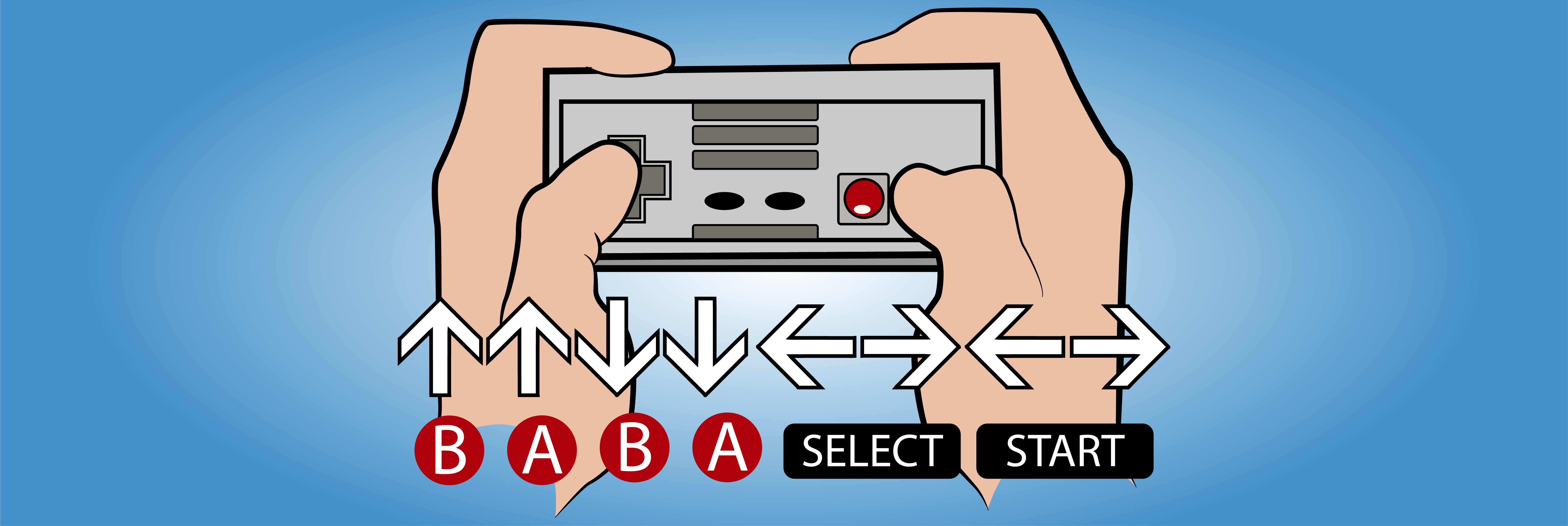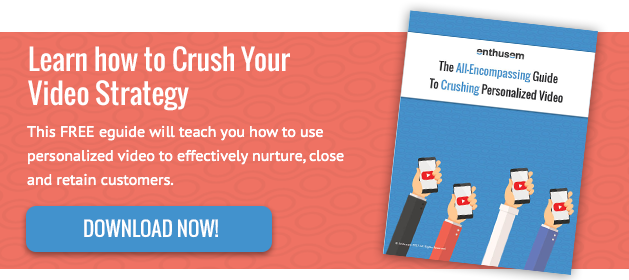6 Cheat Codes to Boost Your Lead Nurturing Strategy
What sales or marketing professional doesn’t understand the importance of nurturing leads? Anyone with experience knows that the days of a quick close are long gone.
Modern marketing and sales is about trust and connection – and that always takes time. The modern consumer spends plenty of their own time researching their options. They’re not willing to part with their hard-earned cash without first feeling comfortable that they’re making the right purchase decision.
That’s why lead nurturing is so important. It’s why you likely have some lead nurturing system in place. But ask yourself: “Are my lead nurturing efforts actually consistently turning leads into customers?”
For most businesses, there’s ample room for improvement. That’s why we’re going to share six “cheat codes” that can shake up your tired lead nurturing efforts and help you make the most out of your strategy.
Learn how hyper-personalized direct mail converts offline prospects to online customers:
Download your copy of Human to Human Personalization At Scale
1. Send the Right Message, at the Right Time
Few people expect a poor pitch to win new business. But even the most logical and eloquent case for your solution will fail miserably if it’s not delivered at the right time. Communicating the right message at the right time is the foundation of successful lead nurturing.
Without an eye for both of these variables, there’s a good chance you’re coming off more salesly than helpful. You need to know what kind of information your prospect needs. And that’s dependent on which stage of the buyer’s journey they reside. Lead nurturing isn’t about sales – it’s the product of education.
The Awareness Stage
If your prospects are in the awareness stage, they’ve become aware that they have an issue that they must solve. And they may also have become aware of the existent of your solution. In this stage, you nurturing should include content such as:
- How-to videos
- Educational webinars
- Informational checklists
The Evaluation Stage
If your prospects are in the evaluation stage, they’ve moved past the point of awareness – the point to which their pains and issues have become severe enough that they want to move on a solution. They’re now determining which solution is the best fit for them and their needs. For prospects in the evaluation stage, your nurturing should include content such as:
- Case studies
- Data sheets
- Demo videos
The Decision Stage
The final stage in the buyer’s journey is the point when your prospect chooses their solution. They have fully assessed their needs, identified the kind of solution they need, evaluated their options and are ready to make a purchase. These leads require nurturing with content such as:
- Free trials
- Live demos
- Coupons
2. Approach Leads Like the Individuals That They Are
Knowing which stage a prospect is in isn’t always cut and dry. But with the right self-identifying persona questions in your forms, you can use your prospects’ answers to help you determine their current mindset.
When you’ve distinguished your list of contacts into specific buyer personas and stages, you’ll be able to nurture each of them more precisely – and more effectively. But even two prospects in the decision stage can be quite different. They likely have different pain points, so you’ll need to cater every point of communication to these pains.
When creating your nurturing campaigns, consider setting up different workflows for your specific buyer personas. Tailor your content and the offers you include to what these like-minded prospects are most interested in. These workflows could look very different from persona to persona, even in those in this same buyer stage. It all depends on what’s information is important to that prospect at that stage. Your lead nurturing will only be successful if the content you provide sill would resonate with them.
3. Set Up a Lead Scoring System
If you don’t know what lead scoring is, this following paragraph may be the most important in this article. Lead scoring is a methodology marketers and salespeople use to rank prospects in their pipeline. It uses a scale that defines the perceived value that each of your leads has to your business. Prospects’ lead scores help your sales team identify which of them are ready to speak with you, and which need more time and seasoning before someone from sales should connect with them.
Someone with a high lead score, for example, might be a prospect who has viewed your:
- Pricing page
- Success stories
- A number of your emails
- Subscribed to your blog
These actions could certainly be different for your business, though. When you develop your own lead scorings system, you’ll assess the actions that prospects take on your site and with your emails. Analyzing the actions that past prospects have taken will help you determine which of them led to sales, as well as the journeys they’ve taken to get there. This will give you an idea of commonalities between them.
Did most of your eventual customers visit a certain number of pages? Did they visit specific pages? Did they download specific resources before becoming a contact? Such an assessment will ultimately help you rate how close a lead is to converting compared to other prospects. And it will help identify you identify where your lead is in the sales process.
4. Create a Content Map
When you’ve determined the most critical actions that have led to converting leads to customers, you need to use this information to guide your content. You need to leverage this strategic analysis to create a sensible nurturing workflow.
Some companies’ workflows may be simple, and others complex. Either way, you don’t want to set up two-email workflow and try to determine the next steps in real time. You need to determine how your content and offers can be positioned to guide your prospects throughout their journey.
You also need to think about every possible actions your prospects may take at each point in their journey. Plan for the possibility that a prospect doesn’t take action, in which case, you should send them additional educational content relevant to their stage.
Remember, every lead is unique. Some may take longer and conduct more research than others. But the more helpful information you send during their awareness and consideration stage, the better.
5. Nurture Around Your Competitive Deals
While education is the foundation of lead nurturing, you do need to ensure that your brand of education caters to your own solutions. Especially in the latter stages of the buyer’s journey, your content needs to educate its readers that the benefits of your solution will best address their pains. You must communicate how your solution differs from your competition (though not necessarily directly).
After reading your content, your prospects should understand that the important features and benefits you’ve outlined are those which they should keep in mind as whittle down their options.
Now, it’s critical that you don’t come off too salesy or pushy. Rather, you should find a way to use your value proposition as the foundation of an educational piece. And again, this tactic should only be used further along the sales journey – never during the awareness stage.
6. Take Advantage of Marketing Automation Software
Do you have time to manually send every email in your nurturing workflow? Do you have time to assess the actions of your prospects? Does anyone on your team?
The smartest marketers leverage marketing automation to automatically send emails and content to prospects based on defined triggers or actions that leads take. These actions could include visiting specific pages on your website, downloading specific offers from your landing pages, or clicking on button in an email. If you’ve created a content map, you simply use marketing automation software to define the actions and subsequent reactions that nurture your leads throughout their journey.
HubSpot and SharpSpring are two fantastic marketing automation tools that allow you to create personalized emails and workflows. They enable you to send emails that sound personal, and even come from your personal email addresses. And these nuances increase the likelihood that prospects interact with your content.
Equally importantly, automation software empowers you to analyze your nurturing workflows to identify when leads might be falling off and which emails and offers are really resonating with your audience. With real-time data, it’s incredibly easy to not only analyze your efforts, but adjust them to nurture more effectively.
Many integrations work with marketing automation software, too. For example, you can choose to send an automatic, hyper-personalized direct mail piece to your lead. Yes, you can send a print piece tailored to a specific prospect based on an action they took.
Strengthen Your Lead Nurturing Efforts
There are many different factors that determine the success of your lead nurturing efforts. The control is in your hands. If you take the steps outlined in this article – especially constantly revisiting your performance and identifying gaps – you can boost your efforts and convert more leads.
Bur remember, what works for one persona might not work for another. So assess each and every nurturing workflow to assess how your message resonates with each of them. It will help you make the most of strategy and grow your business.





